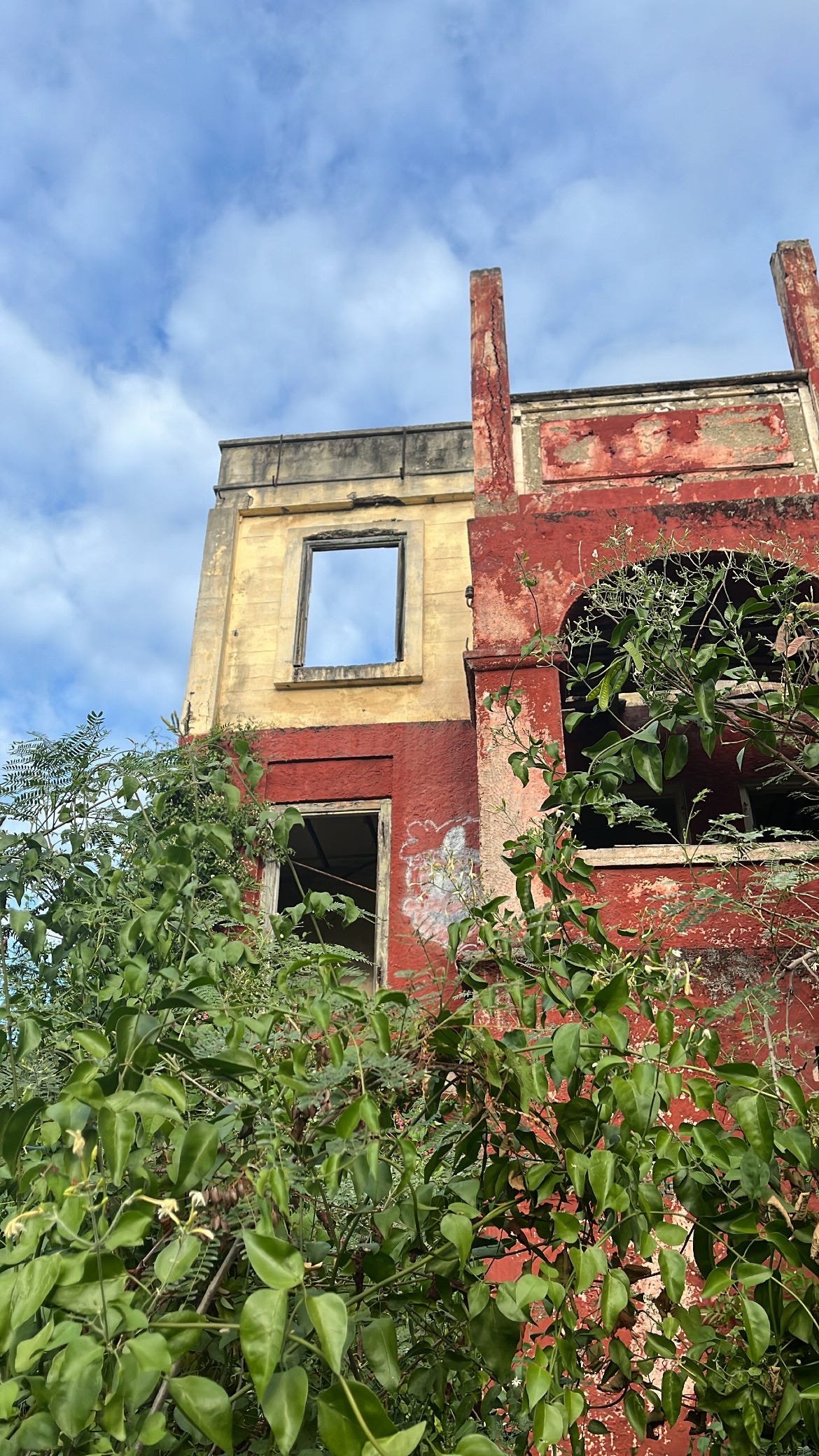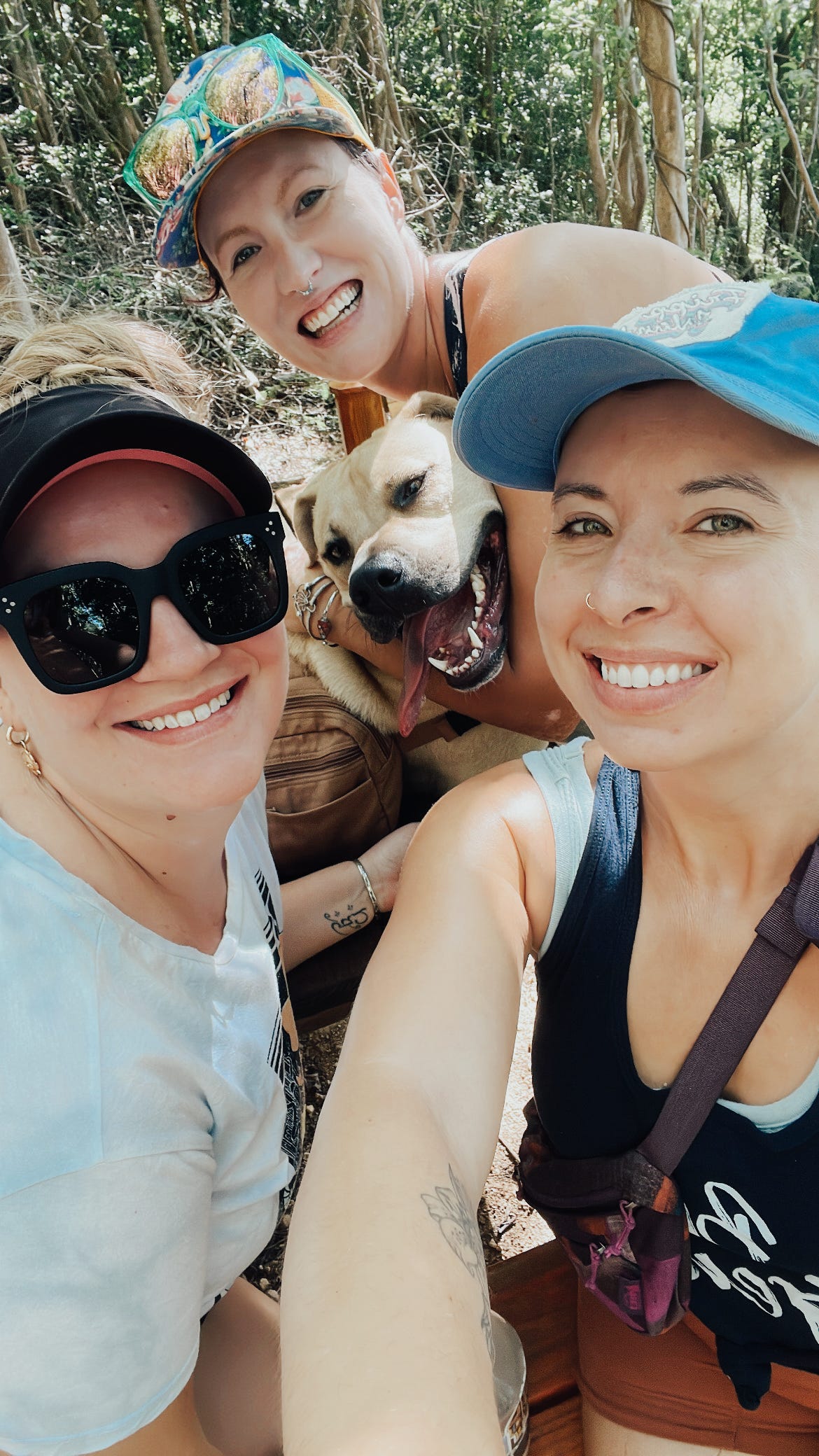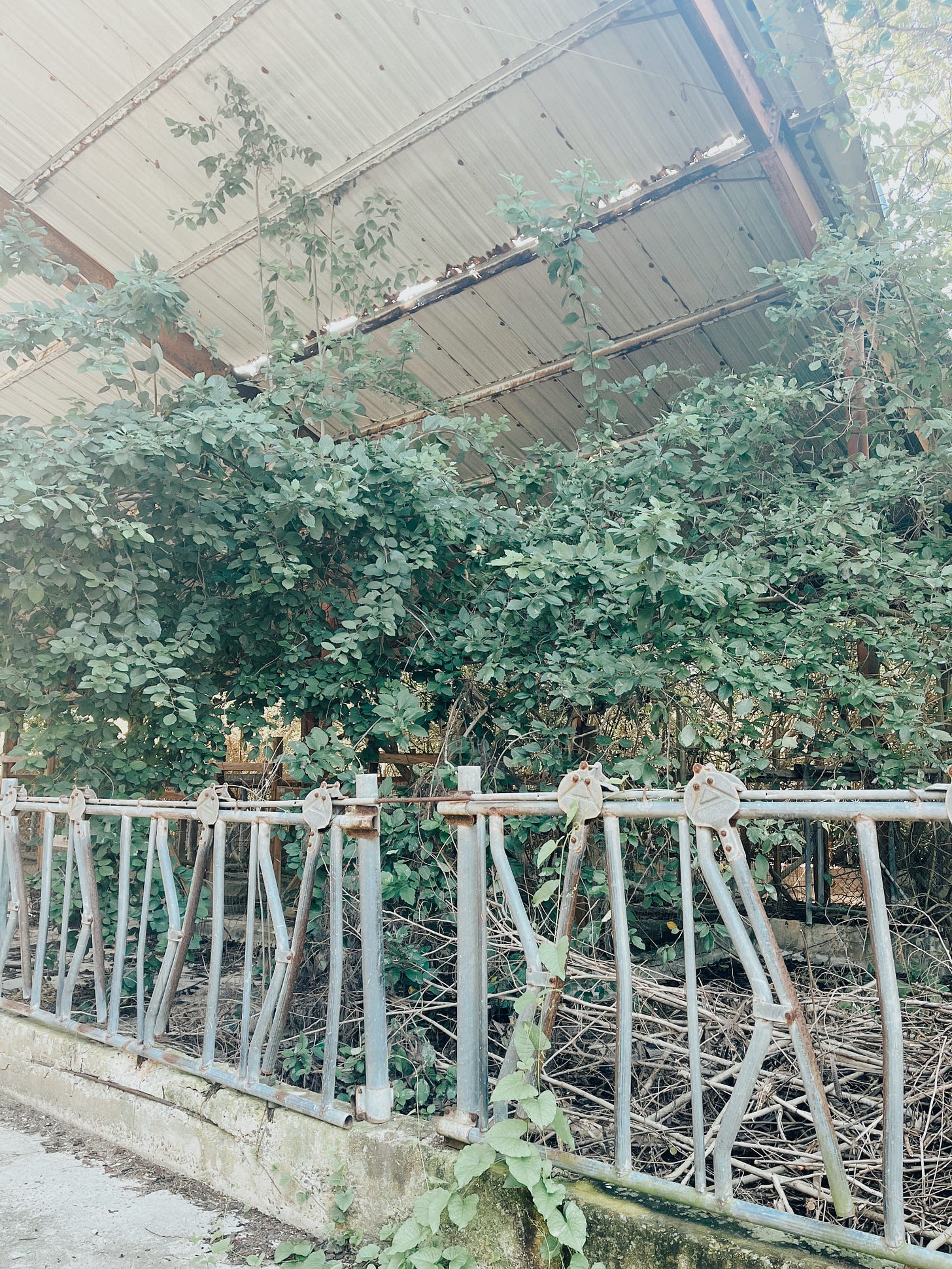I wasn’t sure what I was looking at when I first saw the terrarium.
I don’t remember how old I was—maybe eight or so—but I remember exactly what it looked like.
A glass jar that had once held pickles or applesauce or jelly poked up from the loamy Missouri soil, a sinking ship with its bow stretching to the sky one last time. The lid was long gone, jetsam lost in the passage of time. Any labels had disintegrated, rendering it impossible to tell how long it had lain there.
Inside, though, life raged forth.
The translucent sides were foggy with moisture in places, but I could still see the tiny world that thrived within the jar. Soil collected along the length, creating a sloping landscape that moss and lichen quickly colonized. Tiny, delicate ferns with sweetly-curled leaves breathed easy in the terrarium, nurtured by the humid air trapped inside. A beetle picked its way through the scene, a gentle Godzilla on an adventure.
More than anything, I wanted to hold that jar in my hands. I wanted to carry it home and watch the miniature ecosystem shift and grow.
But I understood, even then, that I had to leave it where it was. The jar had ceased to become just a jar. Its original function—whatever it had been—no longer mattered.
In order to become the beautiful terrarium it now was, it needed to be left alone.
Two days ago, I went on a hike with my friends Darean and Sarah.
Darean was our scoutmaster for the excursion, having hiked this particular trail a few times before. When describing it to us, she explained that we’d be walking through an abandoned dairy farm.
I had no concept of what that would be like, but I was intrigued. I’ve always felt drawn to places that have been abandoned. I guess it’s because I love stories, and abandoned places are full of those—imagined and real.
It was easy for me to picture my elderly neighbor down the road, Richard, standing in the corner of the old schoolhouse near my childhood home, clutching his lunch pail. It was easy for my sister and me to concoct harebrained stories of murder and hauntings about the house down the road with blown-out windows that had stood empty for years.
I figured the dairy farm would be the same.
I would walk through it and see the faint outline of workers busy tending to a long line of black-and-white spotted cows. I would hear the soft swishing sound of milk against metal. I would believe that I could smell the strange blend of sweet hay and sharp manure.
But that did not happen. I did not see the dairy farm as it once was.
Instead, I saw it as it is.
Air and sunlight rushed through the gaping holes where parts of the roof had succumbed to rust and wind. The dozens of metal arms that once corralled cows into place stood motionless, curled legs still attached to the husk of a long-dead cicada.
As I wandered farther into the belly of the building, I was overwhelmed with the signs of decay.
The wooden platforms I stepped on gingerly were soft where they should be firm. Tangled clusters of old dairy tubing, yellowed with age, were tossed in corners. Everywhere I looked, I saw trash: rusted cans, crumbling plaster, and disemboweled breaker boxes with their colorful wires spilling out.
But despite this, life was not absent.
Hornets nests clung to eaves clogged with broken branches and to the rusted railings that surrounded the perimeter of the building. The insects flew in and out of their paper kingdoms at regular intervals, content to take over where they were once not wanted. Funnily enough, in the pile of trash, I spotted several cans of Raid, which had clearly done little to thwart the hornets.
The building itself seemed to still be breathing. It shuddered in the breeze, a dying nervous system firing for one last time. And when the wind really picked up, the sheet metal roof screamed and groaned and shrieked, causing me to jump and wonder what kind of spirits would haunt an old dairy farm.
But that’s the thing. It wasn’t really a dairy farm anymore. Like that old jar from my childhood, in its abandonment, the building had transformed into something else.
Nature had reclaimed it. A different sort of life had colonized it. And a new, raw beauty was emerging.
I guess I’m telling you that, in a way, I am like the dairy farm. Like that forgotten jar half-buried in the dirt.
I feel like a building that needs to be abandoned for a time.
I want to embody a forgotten house that now has a tree for a roof. I want to become the rusted-out hull of a ship, tossed up on the sand and covered with barnacles. I want to be a statue covered with lichen, an old radio tossed in the woods that has mushrooms for dials, a forever-parked car with squirrels nesting where an engine once was.

This is my way of telling you that I need to be left alone for a time.
I need to stop trying to cut back the vines that curl up around me. I need to let them grow for once because I want to know who I am when I am allowed to just…be.
Creatively speaking, this means that, for the first time in quite awhile, I need to stop writing.
It’s time to allow my mind to become overgrown. I imagine weeds and wildflowers growing out of my head, exactly the sort of place where life wants to take refuge. Like a tiny field mouse who builds his nest in the deepest folds of the tall grass, I hope that the most vulnerable and delicate ideas will come once I create a space that is safe enough for them.
I have spent a big chunk of my life trying to standardize and schedule out my creativity. I have treated my writing like a bush that needs to be cut into the shape of a dolphin, and the only way to do that is to be constantly pruning and shaping it.
But I’m deeply curious about what might come out if I just…don’t.
At least for awhile.
The close of one year and the opening of the next feels like a good time to pause. To allow. And to observe the ecosystems that arise when I stop trying to manufacture them.
This will be my last post in 2022. I’m not sure when I’ll return—hopefully, it will be later rather than sooner, because I tend to let my anxiety thrust those shears back into my hands the moment I feel uncomfortable with my choice to walk away.
I’m abandoning Everyday Woo so that it can become something different. And I hope you’ll be here when I return.
Have you ever walked away from something for a time with the intention to return? What shifts occurred when you chose to abandon something you once tended closely to?
I feel like I say this a lot, but one of my biggest wishes with this newsletter is to deeply connect with others. And I recognize that the nature of a newsletter doesn’t exactly lend itself to that—I certainly don’t always want to bare my soul in the comments.
Even though I am putting Everyday Woo on pause for now, I would still love to talk with you. Even if it’s just a short thought or two about what I wrote, it still lights me up to know that someone wants to engage with me.
So if you’ve ever thought about doing so, send me an email. Leave a comment. Message me on Instagram.
I really do mean it when I say that I love connecting with people who are thinking about life deeply—the practical, the spiritual, and that big expanse in between.
I know I said I’m abandoning Everyday Woo for a time, but I’m not abandoning the relationship aspect of this newsletter. I’d love to connect.
Until we meet again, wishing you a wonderful holiday season and a beautiful start to 2023.








Hmmmm....this feels so brave.
I keep hearing/reading/thinking about the fallow time as necessary...and I do believe that. Mostly? I think? The Death card in the tarot and all that.
But to have the courage to actually stop. ("Dead in my tracks" is the phrase that jumps to mind.) To just stop the efforting and allow the vines to grow around me as I stay still. Yikes, that feels terrifying...and terrifyingly potentially liberating.
I hope you'll someday come back and report in from your experience. And I hope that reading your commitment encourages me to give it a try.
I didn’t see that coming, don’t be gone too long. I going to miss it